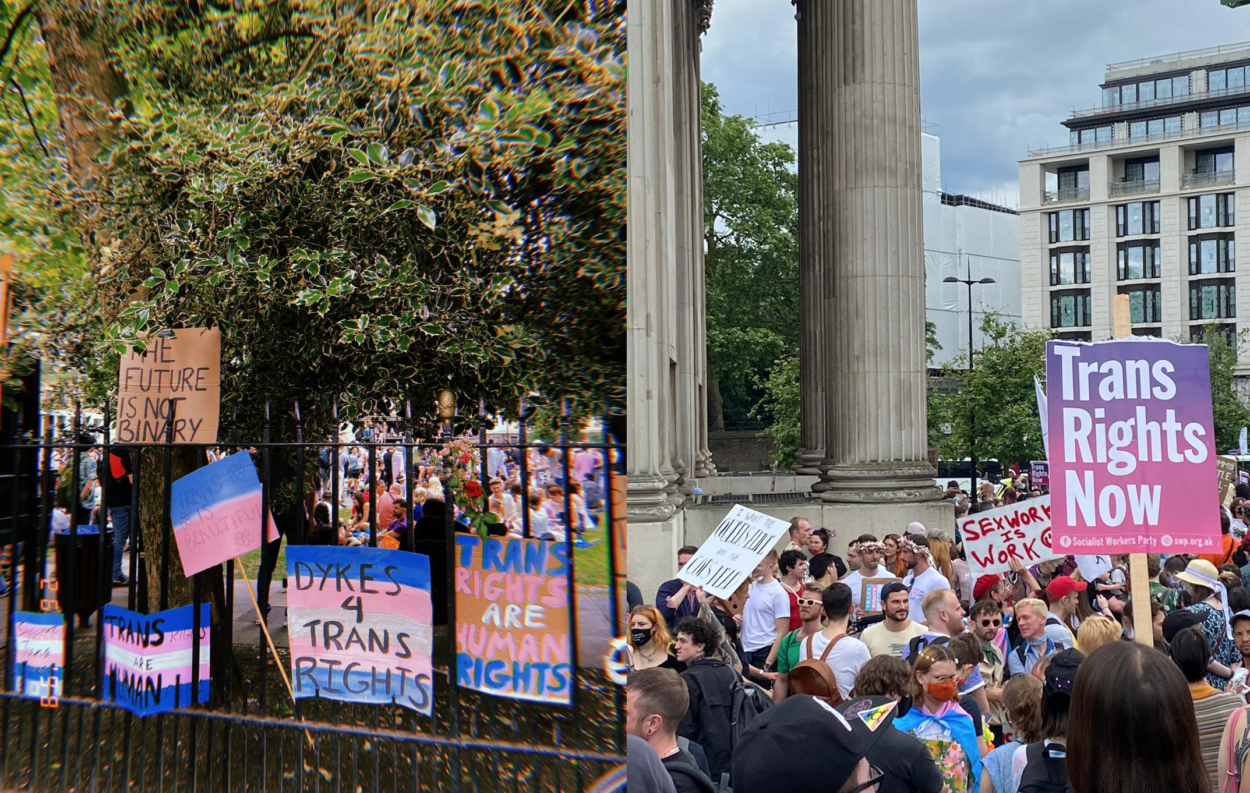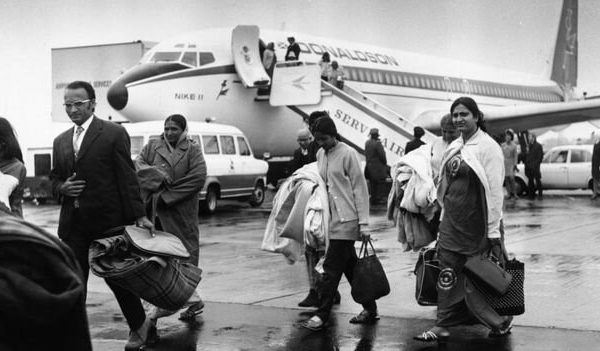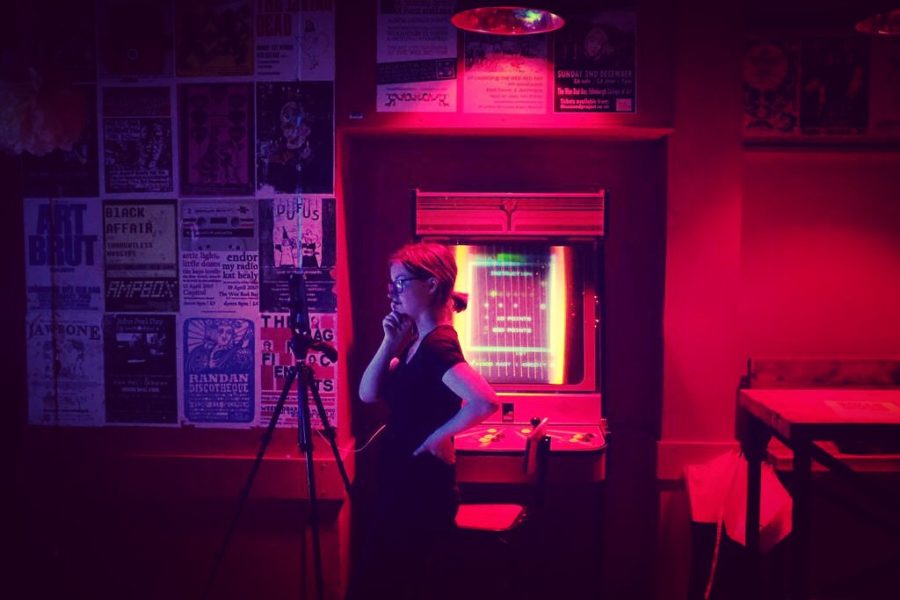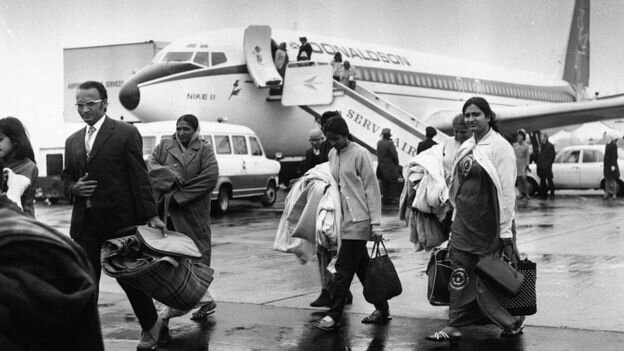This year, throughout Pride month, I’ve been thinking a lot about my own journey as a queer teenager, then a non-binary adult, and how I’ve changed throughout my life. As with the metamorphosis we see in nature, my identity and self hasn’t changed – in the way that a butterfly is never not itself, even as a caterpillar.

Metamorphosis: LGBTQ+ Rights in the UK
Meg Reynolds, Environmental Editor
CW: homophobia, transphobia, mentions of self-harm and suicide.
But as I’ve understood myself better over time, who I am to the outside world has changed. I’ve had my own personal little metamorphosis. This all got me thinking about wider queer metamorphosis: about those LGBTQ+ individuals in the UK who can’t change so visibly and freely, and about the slow-moving changes that are happening in the country to help transform things. This piece is about that, about metamorphosis in LGBTQ+ rights in the UK: where we’ve come from, where we are now, and where we need to be going.
I use the term LGBTQ+ to represent all non-normative gender identities, sexes, and sexual orientations. I use cis(gender) to refer to individuals whose gender identity matches the sex they were assigned at birth, and trans(gender) to refer to individuals whose gender identity differs from the sex they were assigned at birth. The latter includes non-binary individuals: not all non-binary people identify as trans, but for the sake of this piece I am using that definition of transgender. I also discuss experiences of homophobia, and there is mention of suicide and self-harm. All statistics are taken from the National LGBT Survey Summary Report carried out by the UK Government Equalities Office in 2018, which can be found here.
When I was a teenager out dancing with my then-girlfriend and had an entire beer poured over me, because we had kissed, I was struck dumb with the embarrassment. My response was to apologise for knocking over the man’s beer, completely unable to see the overt homophobia I had just experienced, until I was quickly hurried away by my friends to make sure things didn’t escalate. Only months earlier we had been scared out of a park by a very aggressive father who did not want his kids to see us holding hands, which he claimed we shouldn’t have been doing anyway in a ‘family’ park. Once the fear had subsided, I couldn’t shake the feelings of shame and confusion. Had I been wrong to be holding her hand in public? What was it about me that meant I couldn’t even be around children? I was simply enjoying a day out in the sun with people I loved.
Although these experiences have stuck with me throughout the years, influencing how I’m able to act in public and how I feel within myself, I count myself incredibly lucky to have not experienced anything more intense, dangerous, or traumatising. I know of people, generations older than me as well as my own age, who have experienced homophobia and transphobia in the UK that I can only imagine. Hateful incidents are a daily reality for LGBTQ+ people all across the country, and are a real fear – one that we are expected to bear the burden of as penance for simply existing in this world. And when we do experience harassment, assault, and hate, over 90% of incidents are not reported to anyone at all. Why’s that? Because it’s something that ‘happens all the time’, or because people believe that nobody will do anything about it. It remains unsurprising to me that as recently as 2018, 68% of the LGBTQ+ community still avoid holding hands with a same-sex partner in public for fear of negative responses.
The presence of homophobia in British society is not only reflected in rates of assault, harassment, and other hate crimes, but can be seen in perhaps less obvious ways. Most notable is the distinct lack of LGBTQ+ sex and relationship education in schools. This not only disadvantages young queer people who grow up lacking knowledge about their own identities and safety, but also prevents inclusive knowledge being given to the non-LGBTQ+ community. Inclusive education is vital to foster acceptance, understanding, and the normalising of LGBTQ+ identities amongst non-LGBTQ+ young people. It is fantastic to see Scotland taking the lead and becoming the first country in the world to have LGBTQ+ sex education fully embedded in the curriculum, beginning this year. Considering that bullying is twice as likely if you are a young LGBTQ+ person in school, it is about time change like this was made. Other issues include (but are not limited to): difficulty in accessing counsellors qualified for dealing with LGBTQ+ issues; lack of realistic or positive representation in media; lack of relatable role models; difficulty accessing mental health services; erasure of bisexual identities; fear of identity disclosure in the workplace; high rates of homelessness amongst LGBTQ+ people; and the threat and trauma of conversion therapy.
Until now I have focused mainly on homophobia and heteronormativity, and how there is still change needed in the UK to improve the lives of L, G and B people. This is very important, especially considering that only 56% of LGB people feel comfortable being LGB in the UK. When you look at that statistic for trans people, however, the number drops to less than 40%. It is very easy to look at the situation of LGBTQ+ people in the UK and see the huge improvements that have been made over the past few decades in legislation. And every single day I am grateful for these improvements. Life for trans people, however, is still far from where it should be. In May this year, beloved trans artist and activist Sophie Gwen Williams took her own life, after waiting over five years for a first appointment at an NHS Gender Identity Clinic. This awful, unnecessary loss is not an isolated occurrence: overwhelmingly long waiting lists leave trans people dealing with gender dysphoria and mental health crises alone for years at a time. All too often, in a world built to suppress and erase transness, members of our community are unable to cope alone; all too often, we hear of situations like Sophie’s, that could have been prevented.
The introduction of the Gender Recognition Act in 2004 was undoubtedly a positive step in the right direction. It gave trans people the right to legally change their gender, and to even have access to Gender Identity Clinics in the first place. The work doesn’t finish there, though: 80% of trans individuals who’ve tried accessing clinics have said it is very difficult, with unrealistic waiting times and huge distances to travel to reach them. Much of the time, due to long waits, people turn to private treatments, which are hugely expensive, or to buying treatments online, which can be dangerous. A study found that over 50% of trans people in the UK have attempted some form of self-harm, a terrifying statistic that reflects how vital good, inclusive healthcare is. Trans people are also less likely to feel safe in the general healthcare system, due to fears of discrimination, inappropriate curiosity, or neglect from healthcare professionals. Almost a fifth of trans people would rather avoid seeking general healthcare treatment than face discrimination.
On top of this, non-binary identities are still not legally recognised. Despite the introduction of the Gender Recognition Act in 2004, obtaining a Gender Recognition Certificate remains difficult and inaccessible to many. We need improvements to legislation, and we need trans people to be making the decisions. It is also quite distressing to see things such as trans people’s rights – to self-identify, to be safe in bathrooms, to work, to access necessary healthcare – up for discussion by cis people in government, media, and on the internet. If further changes are to be made, trans people need to be at the forefront of discussion, with the opportunity to discuss their lived experiences in order to help decide how to improve them.
When looking at the way the country has changed over the past fifty years, I do feel a sense of pride at how visible I can be in my queerness, and how good it feels to be part of such a large, powerful, kind community. I look at legislative changes: legalisation of gay marriage, the Gender Recognition Act, the removal of Section 28, and I feel relief that I can more freely love who I please. I see movement towards a more positive future for us, and hope that maybe we will get there one day. But I also see highlighted the ways we could be doing better. I see in the transphobia faced by so many people today a reflection of the homophobia faced by many more in the 1980s; I see changes in some places and not in others; I see laws changing back and forth and debates getting more heated. I believe the UK is more than capable of achieving full metamorphosis, and I have a vivid image in my mind of what the final, fabulous thing looks like. But as with any important social change, it comes in stages, and we are certainly not there yet.






Leave a Comment